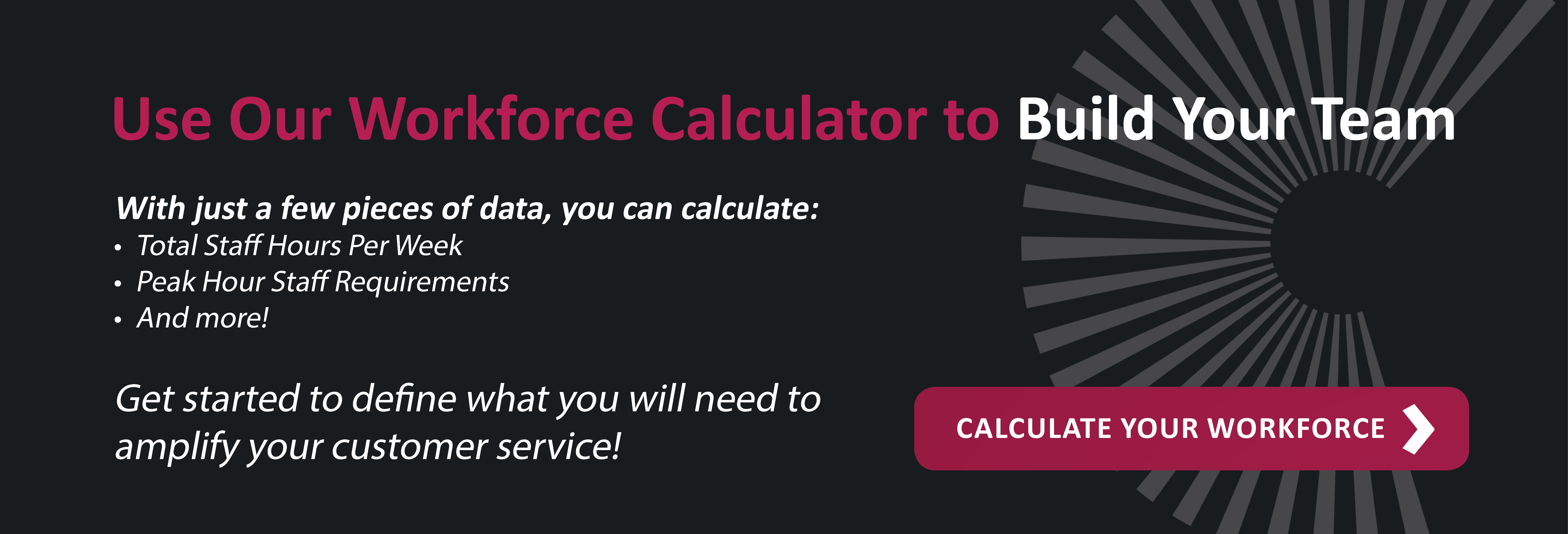Nearshore vs Domestic vs Offshore: Which Call Center is Best for Me?
Many companies find that outsourcing their inbound call center operations offers more benefits than handling the work in-house. When researching where to outsource, there are basically three options to consider: offshore, nearshore, or domestic. So, which type is best for your business?
What to Consider When Choosing a Call Center
What is “best” for your organization will depend on your company’s unique set of needs and goals. You may want to consider:
- Labor costs
- Quality of labor
- Time and Travel expense / Budgetary and time constraints to visit as frequently as you would like
- Data security (ability to protect both company and customer information)
- Training that ensures adequate knowledge of company products and policies
- Monitoring and other necessary steps to ensure appropriate quality control as well as regulatory compliance
- Language barriers, accents
- Need for bilingual or multiple languages
Nearshore
A nearshore call center is located outside the United States, but typically is in our hemisphere. Regions such as Mexico, Central America, nearby islands, and even South America are often considered nearshore.
Advantages of nearshore:
- Definitely closer and less complicated travel than offshore
- Less expensive labor than domestic
- Often agents are bilingual and help with the demand for Spanish speaking personnel
- Some nearshore countries have a large number of expatriates from the U.S. so their English skills are near or at 100%
- Residents of these countries often have lived in or visited the U.S. so our culture is well-understood and easier for these agents to replicate
Offshore
An offshore call center is one that is located in a more distant region of the world. India, Philippines, Asian countries, and Eastern Europe are all examples of offshore areas that have call centers. The biggest draw of offshore call centers is their ability to hire agents at a far lower cost. Other offshore advantages include:
- Often located in large cities with plentiful labor supply
- The government entities are motivated to bring these jobs to their country
- The culture is designed to make people successful, e.g. people working overnight shifts to match U.S. hours
- Some offshore locations have populations that can support multiple languages
Offshore call centers are geared to large operations. Sometimes a single high rise in the Philippines can have three different call center companies on different floors.
Onshore
An onshore, or domestic, call center is located in the United States. Advantages include:
- No concerns about language or cultural barriers
- Agents and customers can relate to one another, setting the stage for positive, brand-building experiences
- Easier travel to conduct training, focus groups, etc.
- Potentially can speed ramp-up time, simplify changes, and assure security and compliance standards are met
So, Which is Best For You?
The size of your required call center can often be a major factor. If you have a smaller operations, (less than 100 seats) typically offshore is not for you. It is too far away, there are too many risks, and offshore operations are, generally speaking, built for large, multi-hundreds or multi-thousands of seats.
Nearshore facilities will often gear themselves to smaller operations, maybe as small as even 10 seats. However, the fewer the seats, the smaller the savings, and it may not add up to enough savings to offset the potential lack of control you may have in a nearshore facility.
For many companies, customer experience is the overriding factor. Your call center can directly affect your brand and your customer loyalty. So the farther away you go, the more certain you need to be that the partner you select is going to produce a quality team of personnel that are invested in your success.
No one ever leaves the U.S. for a nearshore or offshore partner because they want better customer service. Cost savings is the driving factor, and from there, you simply need to investigate thoroughly that the rest of their solution will meet your standards, or that the sacrifice you might make in certain other factors is acceptable.



